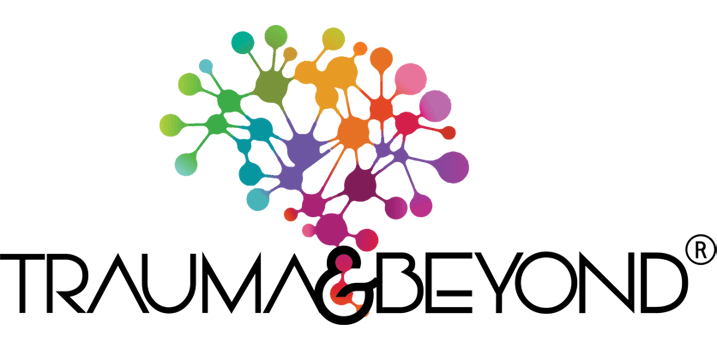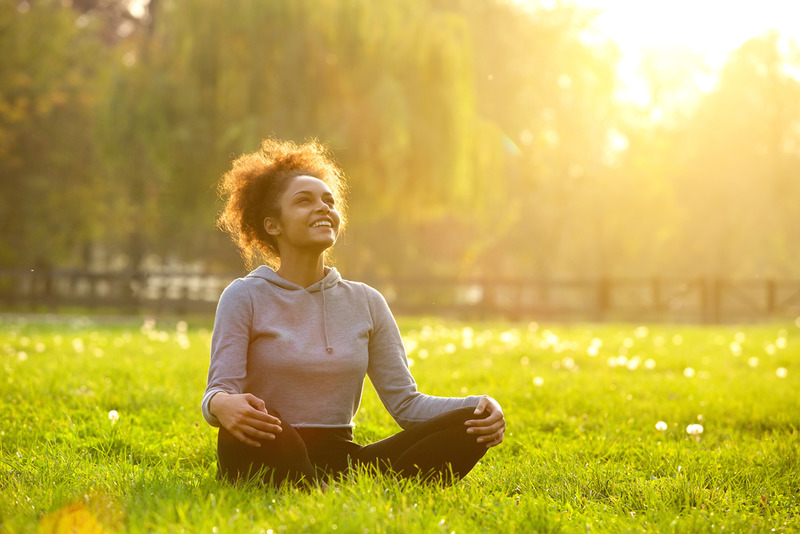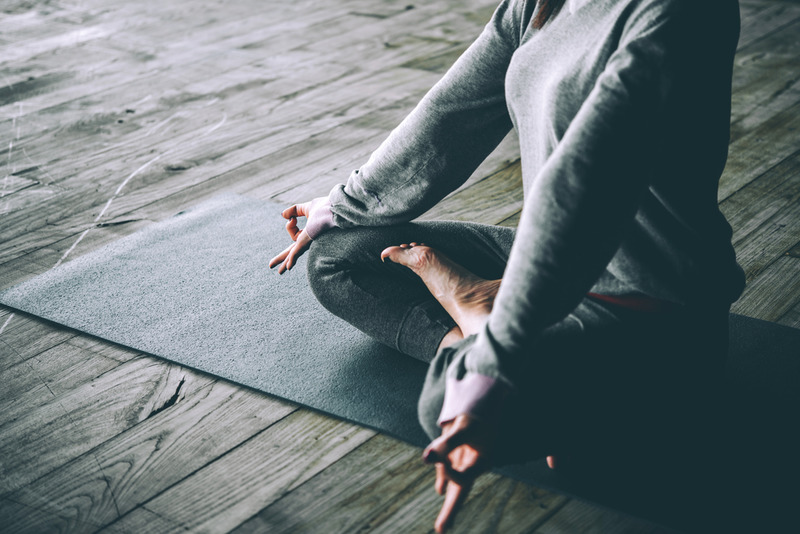When anxiety hits, our bodies quickly adapt to survival methods to keep us out of danger. In doing so, the speed of our heart rate and breath usually increases and our muscles tense up all over our body. The response is uncomfortable to say the least but there is a remedy–relaxation. It is the state of being free of anxiety. Mindfulness exercises can boost relaxation. Let us explore some body-based relaxation methods to see if they resonate with you.
Mindfulness Exercises: Diaphragm Breathing
At some point, you have probably talked yourself into taking a breath when fear pops up. This may look something like taking in air through your nose and letting it fill your lungs then releasing it from your nose or mouth. Or if you frequent yoga studios, you have most likely been taught to constrict your throat as you breathe out. And while this is a good habit to have, it is most beneficial to breathe using your largest breathing muscle–the diaphragm. Diaphragmatic breathing, or belly breath, is a technique that consists of deep breathing that empties out your lung with less effort, decreases your oxygen demand, and slows the breathing rate.
Exercise:
- Find a comfortable position laying down, sitting up, or standing up
- Place your hand below your rib cage, touching your belly and place another hand on top of your chest
- Take a slow breath in through your nostrils until you feel the breath reach your belly, expanding your belly and rib cage, making sure there is minimal movement in your chest
- Hold your breath for a few seconds
- Tighten your abdomen as you slowly release the breath through an exhale from your mouth
- Repeat
It is recommended that you practice three times daily for up to 10 minutes. This will help you develop your muscle memory and strengthen your diaphragm muscles so that you can get through bouts of anxiety and feel a general calm throughout the day.
Yoga
Western yoga has become popular in most cities because of its feel-good effect and plenty of benefits. This is because yoga utilizes meditation, movement, strengthening, stretching, breathing, and philosophy of well-being all in one. Yoga taps into the emotional body, physical body, and the mind, making it a nourishing practice to stabilize your anxiety and promote happiness. If you do not have prior experience with yoga, you can start with a beginners class in a studio or with a yoga therapist. If that is not accessible, you can practice simple postures at home and on as you become more acquainted with yoga.
Exercises to help with anxiety
- Forward Fold–Stand with your feet planted two fist’s distance apart and slowly hinge from your hips to fold down as if to touch your toes. Let your neck relax as you grab each elbow and just hang. Keep a bend in the knees to have your chest reach your thighs. Breathe in and out a few times to release tension. When you are ready to come back up, slowly roll up, allowing your head to come up last.
- Child’s Pose–On a mat or blanket, sit on your knees and either keep them closed or spread apart in a “v” shape so that your big toes touch. Gently bring your chest down to the floor so that your upper body lays on your thighs and the mat, your forehead touching the floor. Either stretch your arms forward to get a nice stretch or relax your arms by your side along your thighs. Let your body melt into the pose as you take a few breaths in and out. Then use your hands to assist you back up to a seated position.
- Legs Up the Wall–Find a wall or surface that can be used as a wall. Lay a mat or padded blanket on the ground and sit facing toward the wall. Lay back and scoot your buttocks toward the wall, then lift your legs against the wall as if you are sitting on the wall. If you want to release lower back tension, place a bolster or pillow below your hips before you scoot to the wall. Once you are in the posture, activate your diaphragmatic breathing, placing a hand on your belly and chest. Relax into the pose for at least two minutes. When you are done, release your legs to one side and bring yourself to a fetal position and take a few breaths before coming back to a seating position.
- End your postures with a three minute meditation.
To discover mindfulness exercises and more ways to deal with anxiety in Los Angeles, call Trauma and Beyond Psychological Center ® at (818) 651-0725.


